I've built a simple 2 stage active/passive phono preamp. Everything in terms of amplification/frequency response/lack of distortion works fine - just as it was designed. The only thing is that hum can be heard despite connecting GND to turntable grounding wire. It gets lower but doesn't disappear and can be heard on higher volume settings.
The interesting thing is that depending on turntable used, hum level gets higher or lower. Another thing i've noticed is that when i connect a device such as mobile phone to the input (via mini jack - rca connector) hum disappears.
Another interesting thing is that two channels have different hum... The right channel hum doesn't have "even order" harmonics (i mean 2, 4, 6). More on this subject on the photos. But this case can be completely unimportant, although it confuses me.
The device is powered by 16V AC wall transformer - then 16V AC is converted to +/- 15V DC supply by voltage doubler. I've measured supply ripple with oscilloscope - the rails have perfect DC - ripple can't be seen because of oscilloscope noise (setting: 10mV/div).
I think that design is too simple to have some mistakes, but i'll attach the schematic anyway. The thing that bothers me is maybe the quality of PCB design. Note: PCB is single layer.
So... i just can't get rid of this hum - my only idea is ground loop... but where?
btw i've built some single stage full active eq phono preamplifiers and they didn't need some special shielding - worked just fine without enclosure or in plastic enclosures. I thing that proper shielding is not the case.
IMPORTANT EDIT:
Thanks for the input guys. All the tips are regarding power supply. I didn't mention the most important thing... sorry about that. When i remove inductors and cut off the power supply completely and then provide +/- 9V to rails with a battery (!) the hum doesn't disappear. That's the thing that bothers me the most.
Thanks for your attention, i will appreciate your help. Cheers!
